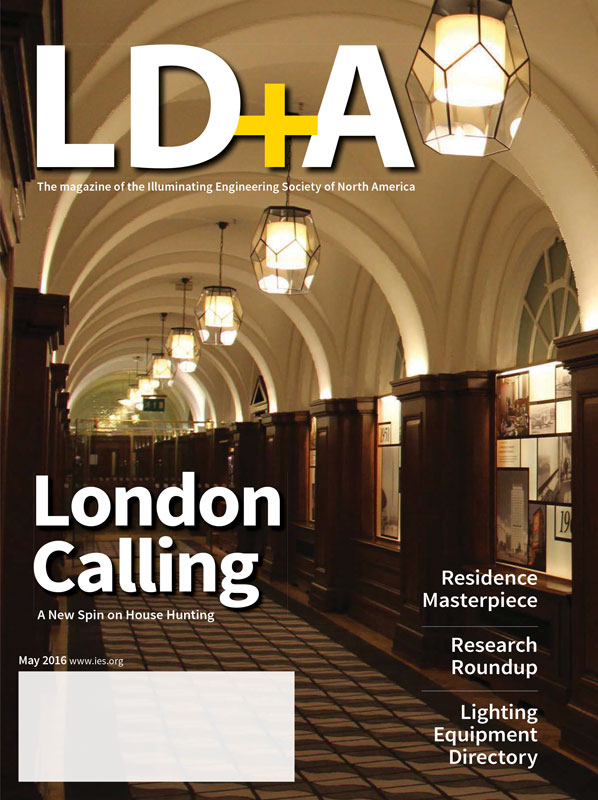In a column in the May issue of LD+A, Kellie Koedel of Holophane offers five suggestions for making sure LED luminaires can withstand the heat often associated with industrial environments. An excerpt follows:
It’s getting hot in here. The lights are dimming. Where are we? Sadly, in a heavy industrial factory…with no dimming system.
We all know LEDs don’t like to be hot, but what impact does heat really have? Industrial lighting, just like architectural lighting, has many attributes that affect the human experience. The specific concerns are different, but the outcome of neglecting basics is the same. Challenges like heat can produce unfavorable and unexpected results. High ambient temperatures are common in many industrial applications. Unfortunately, that is often disregarded during the design and fixture selection process. Heat’s impact on LED fixtures is critically important in industrial applications for a variety of reasons. Key factors include:
- LEDs dim faster when they are in a hot environment. Since defined LED life is tied to its depreciation, this also means they will meet their end of life sooner. We all know this and it is often measured and communicated using standards like TM-21 and LM-80.
- Are you considering thermal factor? Do you remember what a thermal factor is? It is part of the light loss factor calculation. It was most noticeable historically in fluorescent lighting and a major influence on the invention of amalgam lamps. Often overlooked, thermal factor is an instantaneous drop in lumen output when the fixture gets hot due to a combination of lower output of the LED plus driver cutback to reduce current as a means of self-preservation. Thermal factor can exceed 50 percent reduction in output when a fixture gets hot. This means things look good when you install your lights. When the machinery is placed, the client takes ownership of their building, production starts, things get hot and the light levels drop in half. Watch out!
- Does heat affect the driver life? Driver spec sheets have performance characteristics based on how cool the driver operates inside the fixture housing. Life can dramatically decrease when it heats up. You might think a driver is rated for 100,000 hours, but when you put a fixture in a 65 deg C ambient environment, suddenly its driver life can drop to under 30,000 hours. Think you have maintenance free fixtures with a great ROI? When the driver fails, the light goes out, and the maintenance staff has to get in a lift and get up there to diagnose and fix the problem.
- Ask for an ambient temperature rating. Fixtures are rated for a maximum ambient temperature. Just like a wet location or a hazardous rating, this is a listing as noted on the fixture spec sheet. Fixtures installed in environments that are too hot will likely have premature component failures and voided warranties.
- It’s your reputation. As a lighting specifier, you have a loyal client base that has trusted you for years. Do you know what you are putting in their ceiling and what will happen to light levels when the space gets hot?
Protect yourself and your client. Ask your manufacturer for thermal testing reports and true performance for the expected ambient temperatures. Consider the thermal factor when designing and use this as a multiplier in your light loss factor. Most users are unaware of these issues and, therefore, rarely ask the right questions. Don’t let that happen to you.

